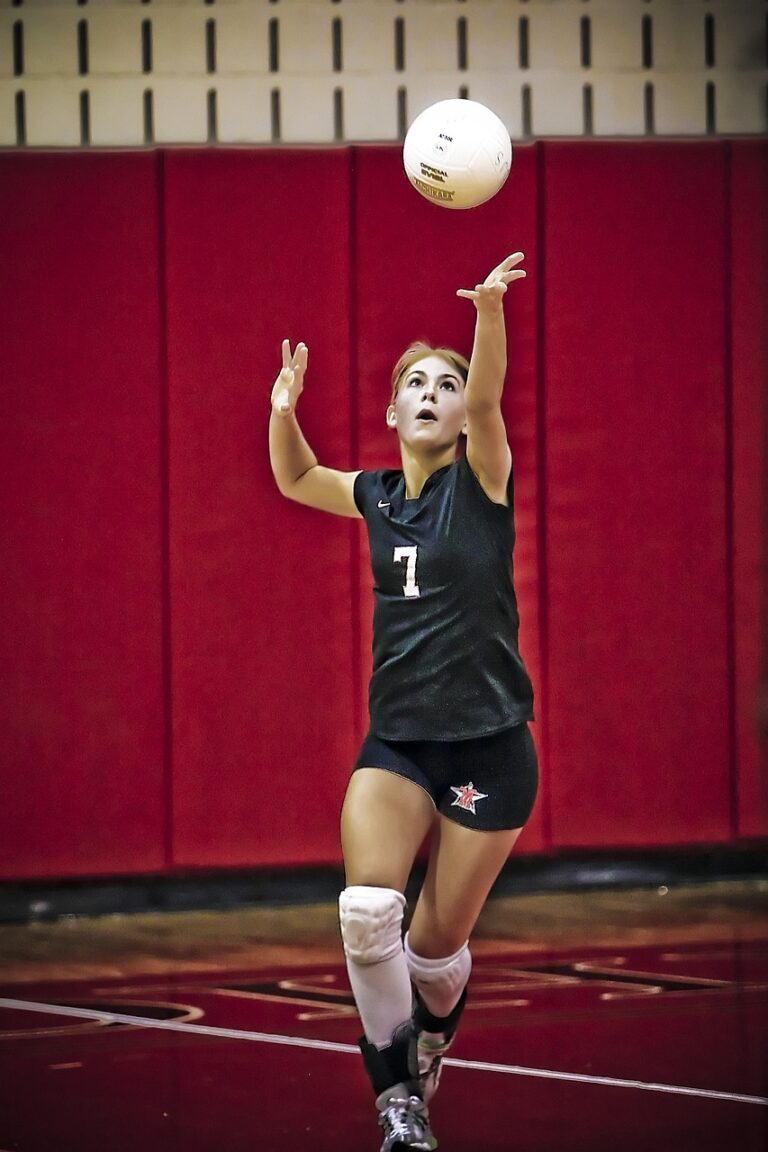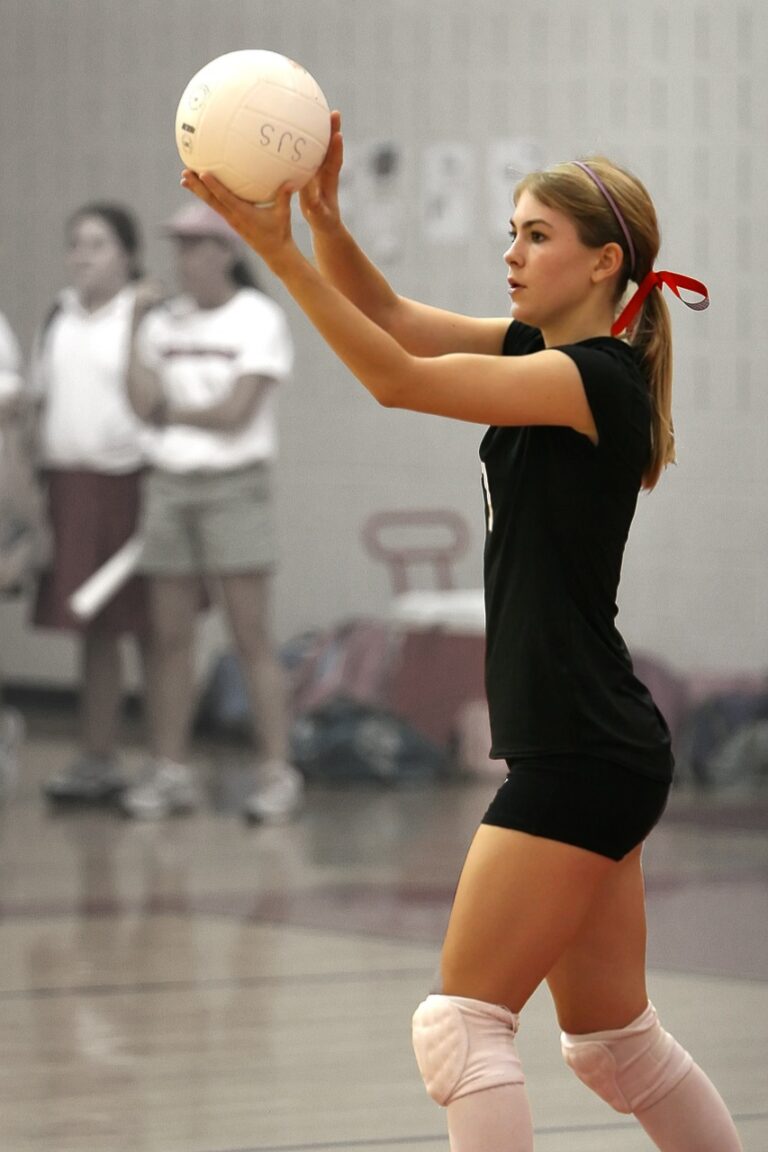3 Easy to Learn Steps to Bumping in Volleyball
Bumping in volleyball can be frustrating. Especially as a beginner, these balls seem to be flying anywhere but where you want them to be.
I’m going to show you the basics for beginners, followed by three easy improvements anyone can and should do. Your setter is never going to complain about your bad passes ever again.
Bumping in volleyball: The basics
Before we dive into the three steps, let’s go over the basic technique of bumping in volleyball. It’s important to get the fundamentals right before moving on to more advanced techniques. Follow these steps to ensure a solid foundation for your bumping skills.
Get into bumping position
- Get your feet shoulder-width apart
- Bend your knees slightly to maintain balance
- Lean a bit forward while keeping your body centered
- Get your hands locked with your thumbs sitting on top
- Straighten your arms to create a firm platform
Make contact with the ball
- Always move your body without locked arms to stay mobile
- Get your body “behind” the ball. Avoid having to bump next to your body.
- Get into the bumping position with the 5 steps explained prior.
- Contact the ball with your forearms, not your wrist
Step 1: Thumbs down.
One crucial aspect of bumping in volleyball are straight arms and contacting the ball with your forearms instead of your wrist. To help with this, simply push your interlocked hands and thumbs down.
- It easily teaches you the correct contact point with the ball.
- It increases the width of your platform by opening your forearms.
- It brings your shoulders forward.
- It automatically straightens your arms.
- It’s easy to remember and easy to do.
I can guarantee you this: It will double your chances of getting the ball to the spot you want it to be.
Step 2: Work your shoulders.
Our shoulders give the ball a direction to fly to.
Get into the bumping position and do the following:
- Square up to the net or where the ball is coming from.
- Keep your shoulders in front of your body.
- Drop your left shoulder to make the ball fly to the left.
- Drop your right shoulder to make the ball fly to the right.
- Experiment with how much of an angle you need for the ball to go in certain directions.
- Avoid swinging your arms to give a direction, let your shoulders do the work.
Step 3: Like a rock in the ocean.
Let’s imagine our opponent is serving or hits a spike to us.
We want to be as calm as possible. Not only in our minds but in our bodies as well.
The less fidgety we are, the more controlled our bumping will be.
One key thing helped me tremendously: Be like a big rock.
You throw a ball at a rock, it bounces off. You throw it again, at a different angle, and it bounces off in a different direction.
With our platform, we want to be that rock. While making contact, make as few movements as possible. It will almost feel like you’re in slow motion.
Even better: It will not also calm your body down, but also your thoughts, preparing you for what’s coming next.
This last step is a combination of everything we’ve learned. Thumbs down, use your legs, use your shoulders.
- Avoid swinging your arms.
- Use your legs to give power and height to the ball.
- Angle your platform with your shoulders.
Let’s conclude: Bumping in volleyball
Bumping in volleyball doesn’t have to be a source of frustration. By getting down to the basics followed by these three easy-to-learn steps, you can enhance your bumping skills and become a valuable asset to your team. Here’s a quick recap:
- Master the basics: Get into the correct position, maintain a firm platform, and use your forearms to contact the ball.
- Employ the “thumbs down” technique to improve your contact point, arm positioning, and platform width.
- Utilize your shoulders to direct the ball’s flight, experimenting with different angles to achieve desired directions.
- Focus on being that calm and composed rock during the bump, minimizing unnecessary movements, and maintaining a stable platform.
FAQs (Frequently asked questions)
Can I use my hands instead of my forearms for bumping?
It is best to use your forearms for bumping as they provide a larger and more controlled surface area. Using your hands may result in unpredictable passes.
How can I practice bumping on my own?
Find a wall or a rebounder net to practice bumping against. Focus on your technique, contact point, and controlling the direction of the ball.
Can these techniques be applied to beach volleyball as well?
Absolutely! The principles of bumping remain the same whether you’re playing indoor or beach volleyball. Adapt to the sandy surface and practice accordingly.
How long does it take to become proficient at bumping in volleyball?
With these tips, you’ll see improvements immediately. The most important part is to remind yourself about them on every bump. This way, your body will adapt to these steps automatically, until you don’t have to think about them any longer. This is called muscle memory.



